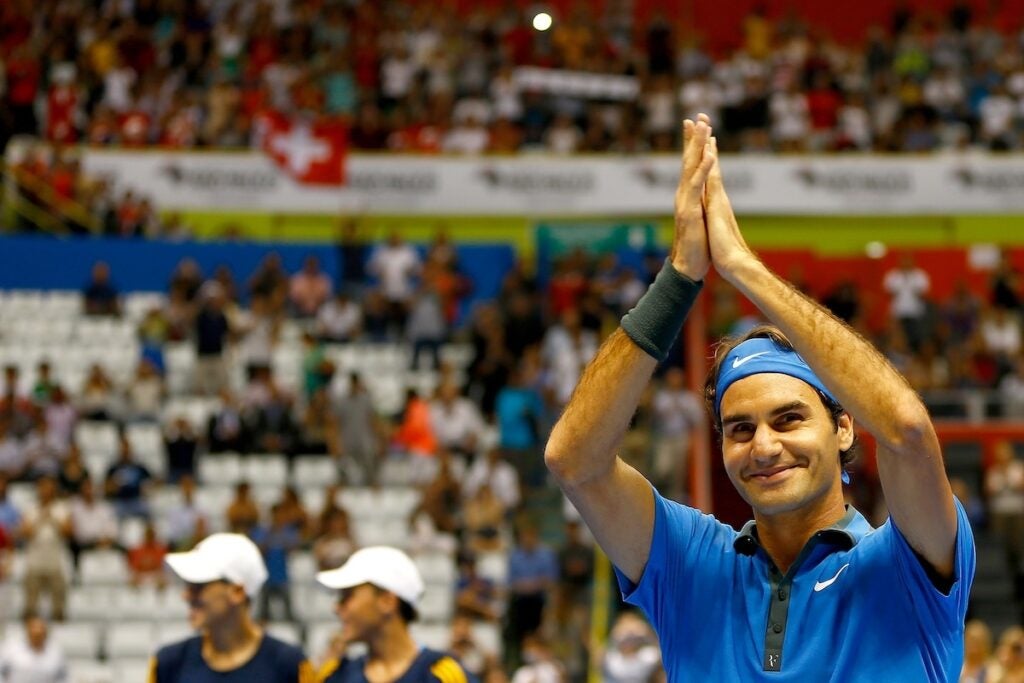On Holding Gains Momentum: How Roger Federer’s Backing Fuels Growth Amid Price Hikes
Swiss athletic brand On Holding AG has surged 12% in recent trading, buoyed by strong direct-to-consumer sales and the star power of tennis icon Roger Federer, a key investor. The company’s premium sneakers, known for their innovative design, face looming price increases that could test customer loyalty in an increasingly competitive sportswear market. Analysts credit Federer’s endorsement and On’s DTC strategy for its rapid growth, but caution that affordability may become a hurdle.
Federer’s Influence and Direct-to-Consumer Success
Since Roger Federer joined On as an investor and brand ambassador in 2019, the Zurich-based company has seen a meteoric rise. Federer’s involvement—ranging from product collaborations to social media promotion—has lent the brand unparalleled credibility in the performance footwear space. “Federer’s endorsement isn’t just a marketing win; it’s a trust signal to consumers,” says Laura Mercer, a sports industry analyst at Bernstein. “His association elevates On from a niche player to a global contender.”
On’s direct-to-consumer (DTC) sales jumped 54% year-over-year in Q1 2024, now accounting for 37% of total revenue. This shift has boosted profit margins, as cutting out middlemen allows higher per-unit earnings. Key drivers include:
- E-commerce expansion: A 62% increase in online sales, fueled by targeted digital campaigns.
- Retail partnerships: Selective collaborations with high-end stores like Nordstrom and Selfridges.
- Community engagement: Federer-led events and athlete-driven storytelling.
Price Hikes Loom as a Double-Edged Sword
Despite its momentum, On faces headwinds. The company announced a 5-8% price increase across its Cloud and Roger Pro lines, citing rising material and logistics costs. While premium brands often pass such costs to consumers, analysts warn that the move could alienate budget-conscious buyers. “On’s average sneaker already retails at $160—$40 above Nike’s best-selling models,” notes James Lin, retail strategist at McKinsey. “Further hikes risk pushing them into luxury territory without the heritage of brands like Adidas.”
Market data supports this concern: a recent Piper Sandler survey found that 28% of U.S. teens—a critical demographic—would switch brands if prices rose by more than 5%. On’s challenge is to justify its premium positioning through technology, such as its patented CloudTec cushioning, while avoiding sticker shock.
Competition Heats Up in Performance Footwear
On’s growth coincides with fierce rivalry. Nike and Adidas are doubling down on performance running shoes, while startups like Hoka and Allbirds vie for the same eco-conscious, high-income shoppers. Hoka, owned by Deckers Brands, grew revenue by 58% last quarter, outpacing On in North America.
Still, On differentiates itself with Swiss engineering and Federer’s cachet. “Their storytelling resonates,” says Mercer. “They’re not just selling shoes; they’re selling innovation and exclusivity.” The brand’s limited-edition Federer collabs, such as “The Roger” line, routinely sell out within hours.
Future Outlook: Balancing Growth and Accessibility
Looking ahead, On aims to expand in Asia, where Federer’s popularity remains strong, and invest in sustainable materials to appeal to environmentally aware consumers. However, its pricing strategy will be pivotal. “The question is whether On can maintain its ‘affordable premium’ status,” says Lin. “If they succeed, they could redefine the category. If not, they’ll be a cautionary tale.”
For now, the brand’s trajectory looks promising. With Federer’s star power, a robust DTC model, and a focus on cutting-edge design, On Holding is sprinting ahead—but the race is far from over.
Interested in how athlete endorsements shape consumer trends? Subscribe to our newsletter for weekly insights on the business of sports and fashion.
See more Business Focus Insider Team

